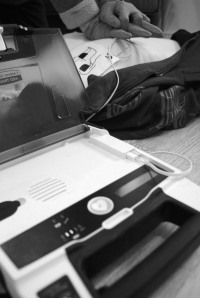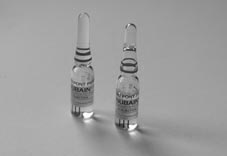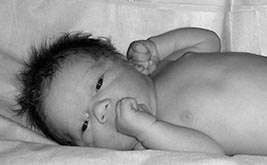An algorithm for identification of ST-elevation myocardial infarction patients by emergency medicine services
American Journal of Emergency Medicine. Volume 31, Issue 7 , Pages 1098-1102, July 2013
Objective
ST-elevation myocardial infarction (STEMI) identification by emergency medicine services (EMS) leading to pre-hospital catheterization laboratory (CL) activation shortens ischemic time and improves outcomes. The authors examined the incremental value of addition of a screening clinical tool (CT), containing clinical information and a Zoll electrocardiogram (ECG)-resident STEMI identification program (ZI) to ZI alone.
Methods
All EMS-performed and ZI-analyzed ECGs transmitted to a percutaneous coronary intervention hospital from October 2009 to January 2011 were reviewed for diagnostic accuracy. ZI performance was also compared to ECG interpretations by 2 experienced readers The CT was then retrospectively applied to determine the incremental benefit above the ZI alone. The CT required the answer to be yes to all to the following questions for CL activation:
- Computer interprets ECG as ***ACUTE MI***?
- Ongoing chest pain or other symptoms suggestive of cardiac ischemia for > 15 min & < 12 h?
- Paramedic confirmation of quality of ECG tracing and presence of ST-elevation ≥ 1 mm in at least 2 anatomically contiguous leads?
- Patient alert and able to give a history?
- Absence of active bleeding?
- Absence of acute trauma?
- Absence of signs of acute stroke?
- Absence of treatment limiting comorbidity?
Results
ST-elevation myocardial infarction was confirmed in 23 (7.5%) of 305 patients. ZI was positive in 37 (12.1%): sensitivity: 95.6% and specificity: 94.6%, positive predictive value (PPV), 59.5%, negative predictive value (NPV), 99.6%, and accuracy of 93.8%. Moderate agreement was observed among the readers and ZI. CT criteria for CL activation were met in 24 (7.8%): 20 (83.3%) were confirmed STEMIs: sensitivity: 86.9%, specificity: 98.5%, a PPV: 83.3%, and NPV: 98.6%, accuracy of 97.7%. CT + ZI increased PPV and specificity (P<0.003) by reducing false positive STEMI identifications from 15 (4.9%) to 4 (1.3%).
Conclusions
In an urban cohort of all EMS transmitted ECGs, ZI has high sensitivity and specificity for STEMI identification. Whereas the PPV was low, reflecting both low STEMI prevalence and presence of STEMI-mimics, the NPV was very high. These findings suggest that a simplified CT combined with computer STEMI interpretation can identify patients for pre-hospital CL activation. These findings suggest that the addition of the CT to the ZI results in a modest increase in STEMI diagnostic accuracy and a significant reduction in the number of potential false CL activations. Confirmation of these results could improve the design of STEMI care systems.








